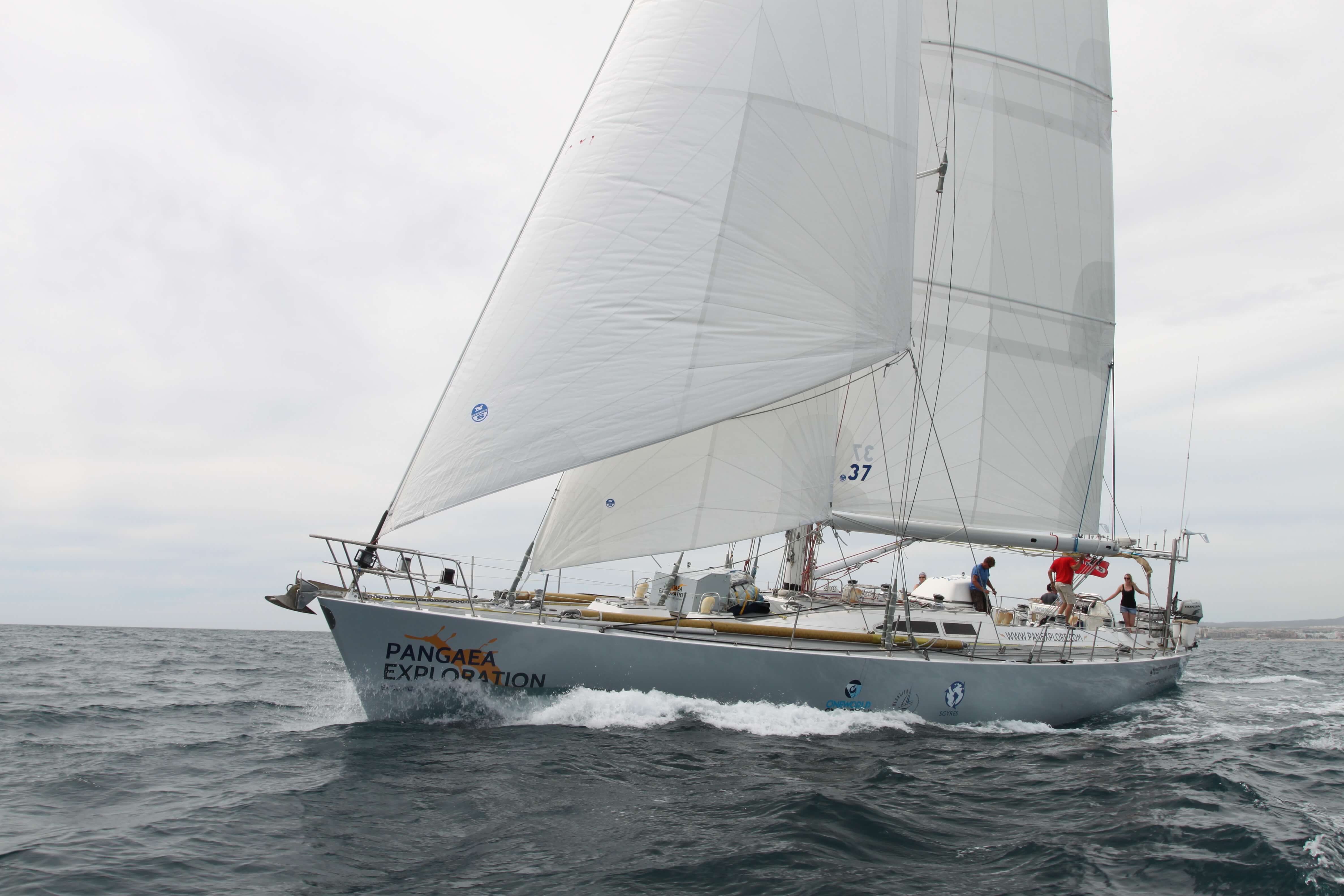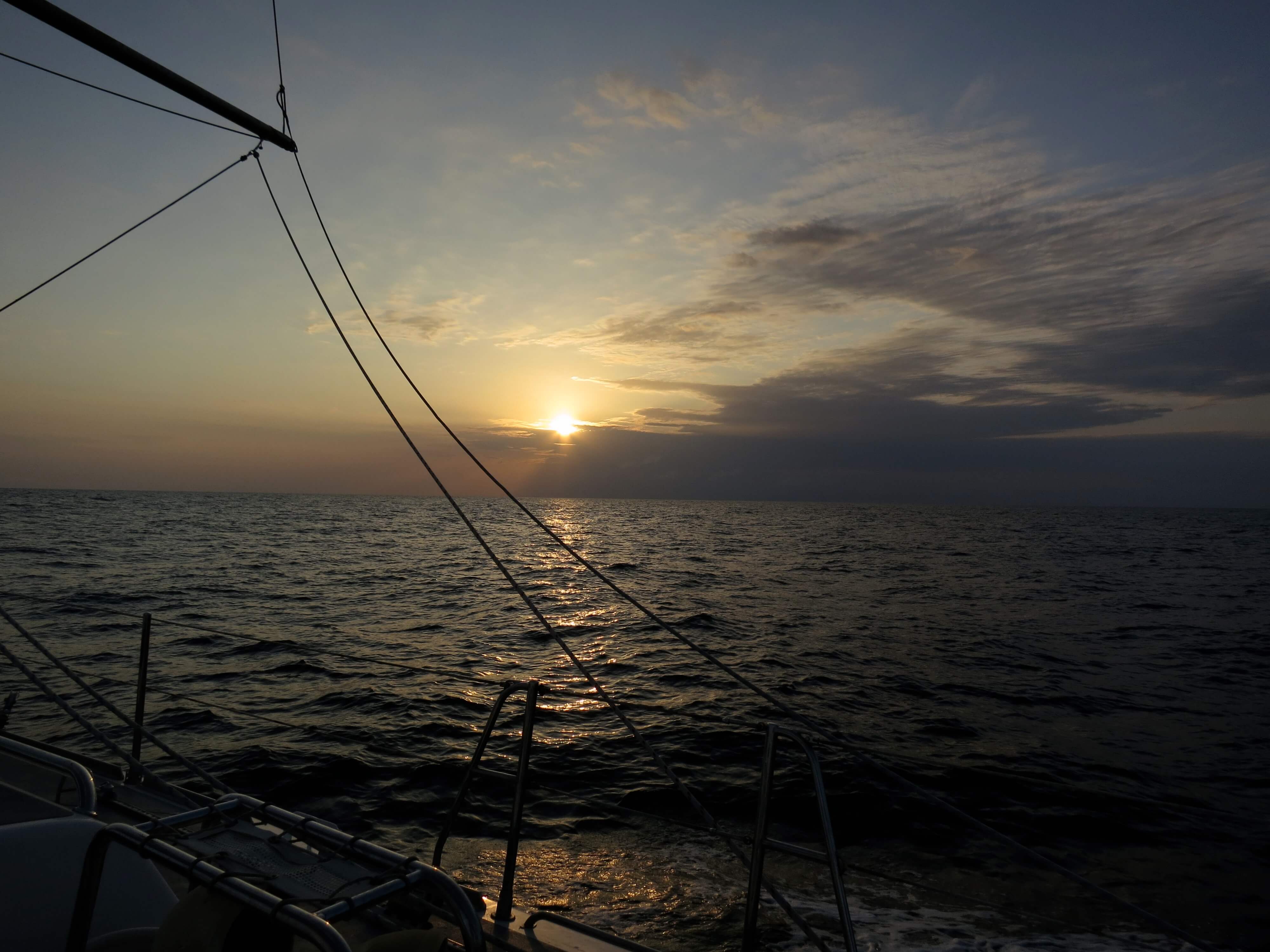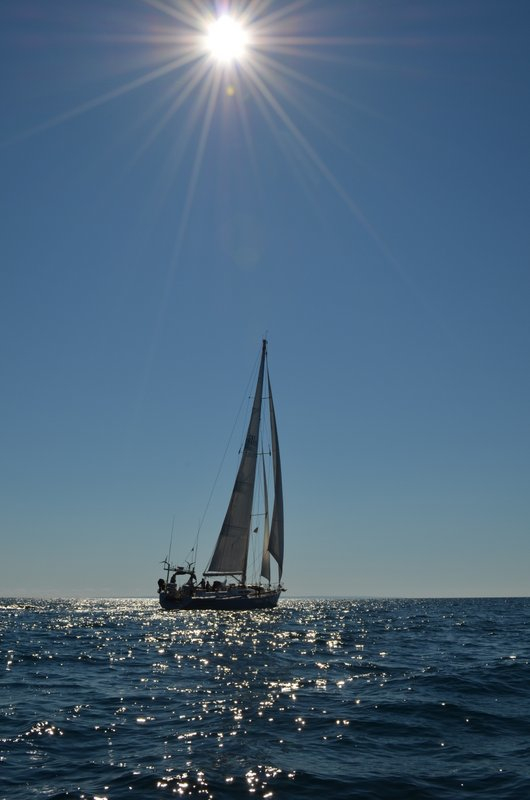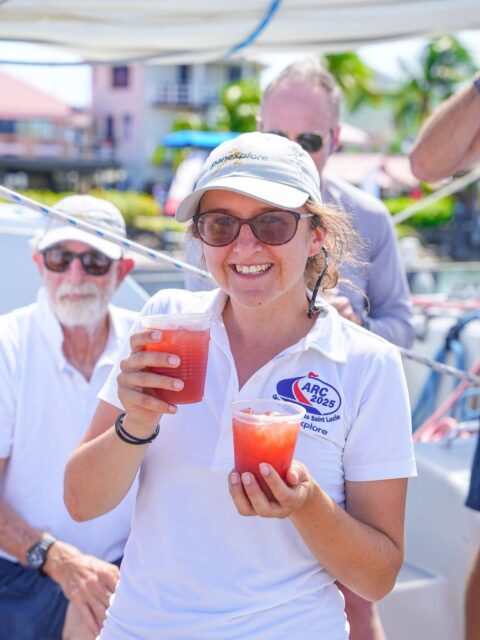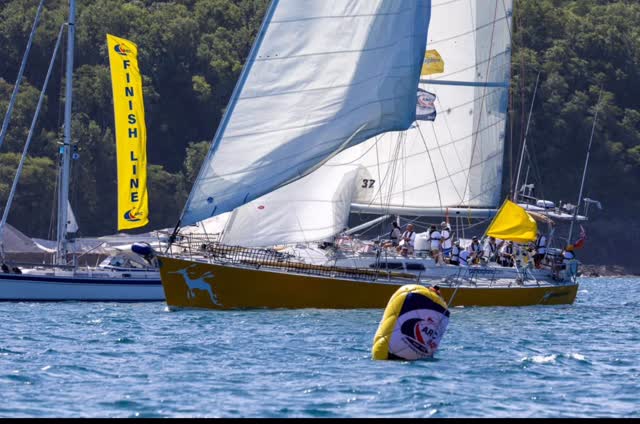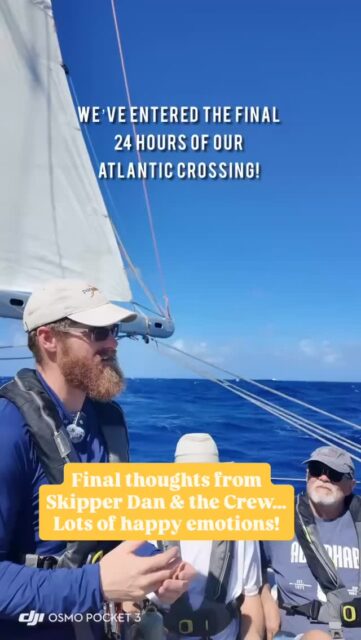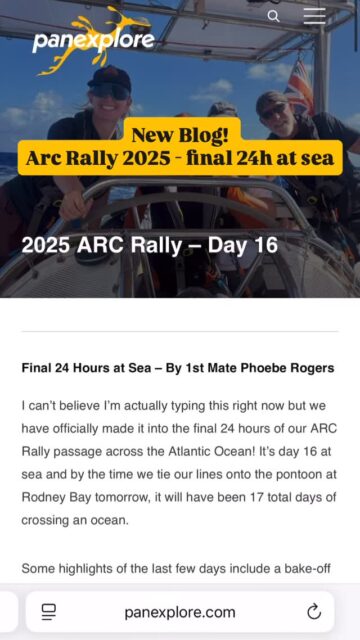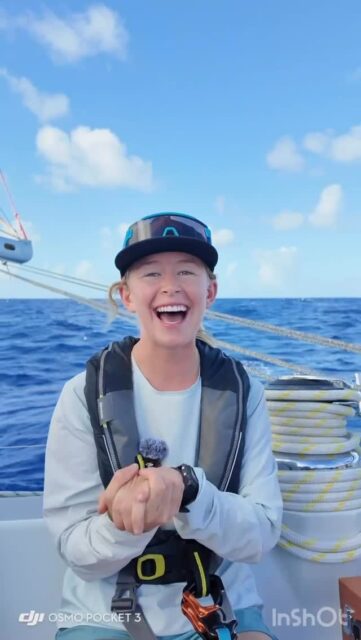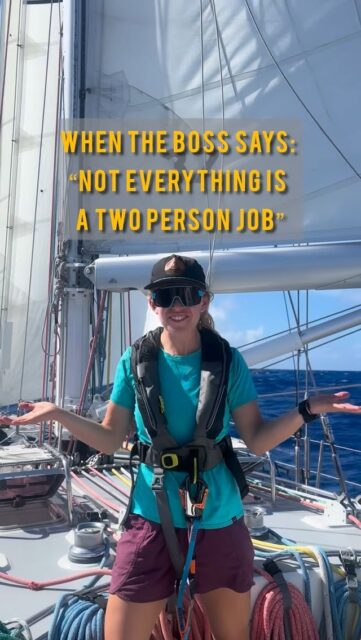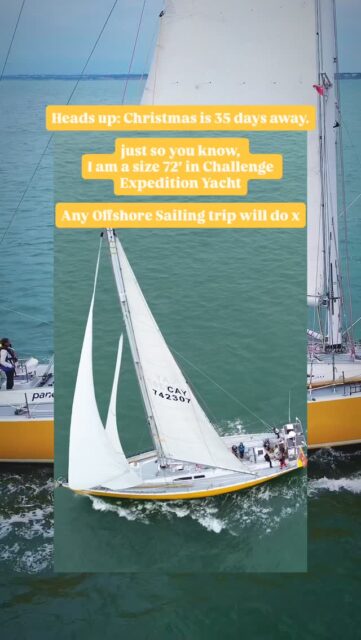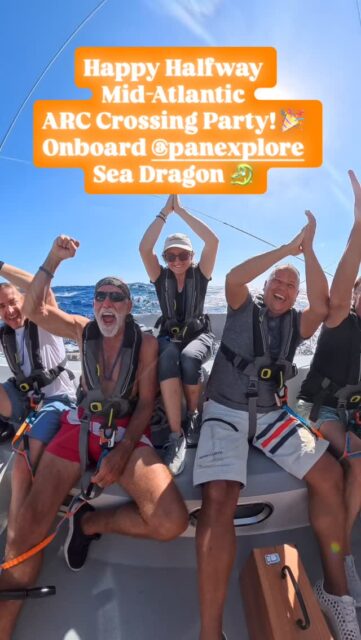We hope to find some shelter from the wind under Graciosa, where we plan to carry out our final trawls. These will give Adam a useful comparison between island and open ocean waters. Then we will sail the remaining 25 miles down the east coast of Lanzarote to Arrecife, our final destination on this trip.
Read MorePost Tagged with: "Gyre to Gaia"
Gyre to Gaia II: Settling into the rhythm of life on board
The crew have settled well into the rhythm of life on board, with watchkeeping, rest, trawling, cooking, cleaning, and keeping Sea Dragon running smoothly. We have continued our twice daily trawls off the stern, and our scientist Adam is pleased with the results. He’s collecting enough data to keep him busy in the laboratory at Exeter University over the long winter months.
Read MoreGyre to Gaia II: Of plastic and plankton
The latest estimate of plastics afloat in our seas and oceans is put at 5.25 trillion pieces, weighing in at 250,000 tonnes. That, coupled with the fact that over 260 marine related species are known to be ingesting plastics from our oceans, and well documented evidence on the impacts of this ingestion on a wide variety of marine animals including zooplankton, makes man’s legacy a dirty one. However, it is not too late! We can change things.
Read MoreGyre to Gaia II: Setting Sail
Sea Dragon slipped her mooring lines at 1230 this afternoon to start the latest Pangaea expedition, the Gyre to Gaia II, from Horta to Lanzarote in the Canaries. The distance is about 980 miles and should take us about 7 days.
Read MoreAdios
Lanzarote, on the horizon for hours as a question mark – cloud or land? – came into focus as an extended sprawl of volcanic hills. A fantastically arid landscape, all browns and tans like the dried pelt of a brindled creature, a stark contrast to the lush greens of the Azores. Clusters of white buildings ran in lines like barnacles on a low-tide rock.
Read MoreOcean Friendly Design
According to the UK Design Council, 80% of a product’s environmental impact is ‘locked in’ at the design stage. Take the humble toothbrush. Most of these apparently simple objects are made from three or four different kinds of plastics. For a toothbrush to be recycled, the different plastics would have to be separated, making toothbrush recycling, even were this technically feasible, an immediate non-starter financially. The toothbrush as a whole is a short-lived item, but actually, the only short-lived bit of it is the bristles in the head. The plastics in the handle will probably last upward of 450 years.
Read More